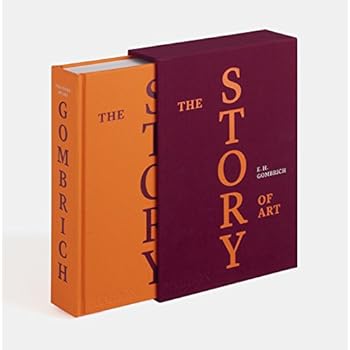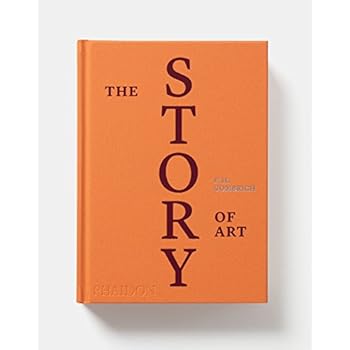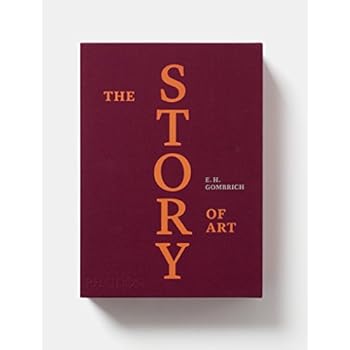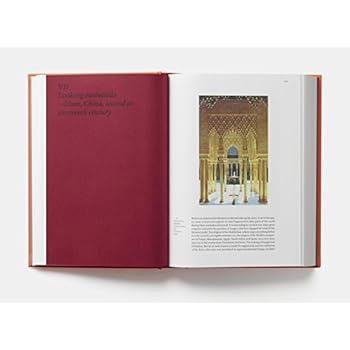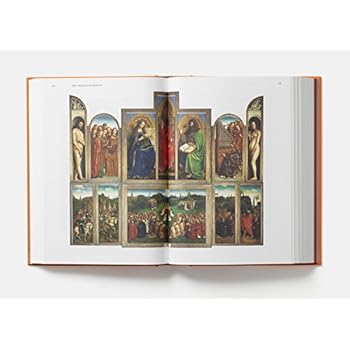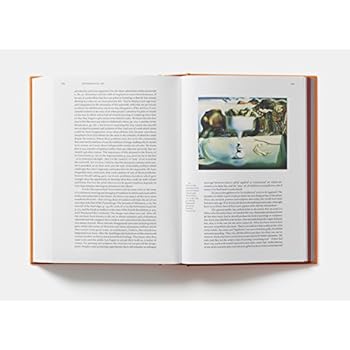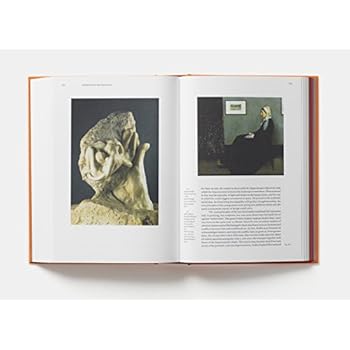The Story of Art, Luxury Edition
Category: Books,Arts & Photography,History & Criticism
The Story of Art, Luxury Edition Details
Review "Like every art historian of my generation, my way of thinking about pictures has been in large measure shaped by Ernst Gombrich. I was 15 when I read The Story of Art and like millions since, I felt I had been given a map of a great country, and with it the confidence to explore further without fear of being overwhelmed."—Neil MacGregor, former Director of the National Gallery, London, 1995"Almost as well known as the Mona Lisa, Sir ErnstGombrich's The Story of Art unites learning and pleasure."—Pierre Rosenberg, Président-Directeur, Musée du Louvre, Paris"More people... have been introduced to the world of fine art, in the last 45 years, though Ernst Gombrich's The Story of Art than through any other single book."—Christopher Frayling, Professor of Cultural History, Royal College of Art, London"The country's bestselling book on art, never out of print, still in demand (and not just by students) and one of the few 'gift books' that actually gets read. The work is not so simplistic as the title implies, but it is this very title that rendered the book enormously attractive in 1950 to a new sort of book buyer: the self-educator. This field was set to grow, publishers eagerly wooing punters into buying the one big book on every impossibly massive but key subject. But with Gombrich, art was all sewn up."—The Times"The Story of Art has just about everything you need to follow the course of art from cave painting to David Hockney. I am surprised it's not yet been placed in hotels on the bedside table along with Gideon's Bible since Gombrich is as authoritative as the voice of God. The book has always been a pleasure to read and handle, the colour plates, now with many new additions, are excellent and the text is clear and straightforward, devoid of both pedantry and academic tedium."—The Birmingham Post"As a humane, uncomplicated but unpatronising account of art from prehistoric cave daubs to twentieth-century splurges, Gombrich's Story of Art is just what its title promises: more of a story than a work of reference, yet that as well."—Business Weekly"A wise and wide-ranging introduction to art history that will last and last."—The List"Lucid and endlessly informative."—The Good Book Guide"His populist approach comes from his childhood in Vienna, where art was for everyone, not just for stuffed shirts."—The Mail on Read more About the Author Ernst Gombrich was one of the greatest and least conventional art historians of his age, achieving fame and distinction in three separate spheres: as a scholar, as a popularizer of art, and as a pioneer of the application of the psychology of perception to the study of art. His best-known book, The Story of Art - first published 50 years ago and now in its sixteenth edition - is one of the most influential books ever written about art. His books further include The Sense of Order (1979) and The Preference for the Primitive (2002), as well as a total of 11 volumes of collected essays and reviews.Gombrich was born in Vienna in 1909 and died in London in November 2001. He came to London in 1936 to work at the Warburg Institute, where he eventually became Director from 1959 until his retirement in 1976. He won numerous international honours, including a knighthood, the Order of Merit and the Goethe, Hegel and Erasmus prizes. Gifted with a powerful mind and prodigious memory, he was also an outstanding communicator, with a clear and forceful prose style. His works are models of good art-historical writing, and reflect his humanism and his deep and abiding concern with the standards and values of our cultural heritage. Read more
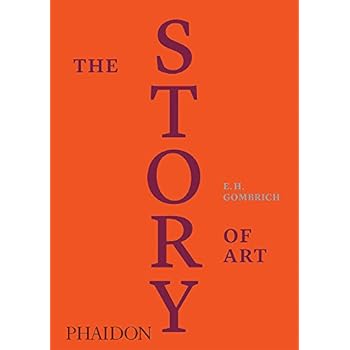
Reviews
Do not buy this book. Buy, instead, the 16th edition reprinted on 2016 or, for that matter, any other edition of this book including the wonderful pocket edition.I sent my copy back to Amazon for a full refund.Phaidon produces some of the best art titles on the market and their new Phaidon classics collection reigns supreme among art publications in this century as far as I am concerned. Therefore, it is surprising to see how they could get it so wrong with Gombrich's much beloved classic. I will list here several reasons why it is better to buy the 16th edition hardcover, 2016 printing ( or any other edition ) than this so called "luxury edition":2016 edition - photos of art work are of better quality and are, in general, larger than in the luxury edition2016 edition - It is truer to Gombrich's work and has , at the end of each chapter, an illustration of an artist at work. Those illustrations are not present here.2016 edition- It has fold outs of two or three pages where you can better appreciate artworks such as Botticelli's "The Birth of Venus". The photo showing this painting in the luxury edition is a double spread and thanks to that you can barely see its most important figure, Venus, which gives title to the painting! The double spread is a disaster.2016 edition - It is printed on a nice off white paper. It is physically easier to read than the luxury edition, printed on a shiny white paper.The only negative thing about the 2016 edition is the choice of thin black font against a grey textured background in the flaps of the dust jacket. You just can't read it.And guess what? The 2016 edition on hardcover costs a few dollars less than the so called "luxury edition".Now, to be fair, there is one reason why it might be better to buy the luxury edition than any other edition:If you have a car and lost your warning triangle then the bright, shiny orange cover of the luxury edition will do the job of the warning triangle.P.S About the photos1 The so called luxury edition on the top, with its case. The 16th edition on hardcover ( ISBN 9780714633552) is the one on the bottom.2 The 16th edition and the luxury edition together. Look at the gigantic difference in quality: A three pages fold out and a double spread which manages to hide the most important figure in the painting, the one that gives to the painting its very tittle: Venus. The idiocy of this double spread in particular is phenomenal. I can't believe that an experienced professional is responsible for the abominable double spread of the "Birth of Venus". It is likely that the responsible is someone young who doesn't care much about books. He or she looked at the double spread on the Phaidon's computer screen and saw nothing wrong with it, not realising that the book was not going to "live" in the computer. Unfortunately, many young people see the world through their computers only and end up being blind to the analog world.3 The three pages fold out from the 16th edition4 The double spread from the luxury edition5 Another example of fold out versus double spread. Which one do you prefer? The fold out where you can clearly see the whole of Christ in the centre of the painting or the double spread where you can see just bits of the main figure in the painting? Which one would you call "luxury" ?6 Picture from the 16th edition . Look at the lamp on the top right.7. Picture from the "luxury edition". Look at the lamp. Check the difference in resolution and how you can see more of it on the picture from the 16th edition. Besides having, for the most of it, larger plates , pictures from the 16th edition also have better resolution.Sometimes the plates from the luxury edition are larger than the ones from the 16th edition and sometimes they are in colour whilst the same reproduction from the 16th edition is in black and white. But most plates from the 16th edition are larger or the same size you will find on the book being reviewed here. All illustrations from the 16th edition have more resolution and show more details from the artworks than the illustration on the luxury edition.8 Artist at work. You have this in the 16th edition. Not in the luxury edition as the photo shows.9 Artist at work10 Look at the trunk of the the tree in the background on this 2016 edition11 Now look at the same trunk on the luxury edition and see the differenceI believe that Gombrich's is the best book on art history ever. Gombrich's writing is an absolute beauty. The printing technology today is fantastic. Phaidon could have done something really memorable and impressive. But they chose the road to mediocrity.


